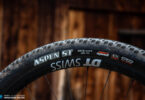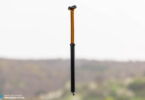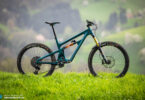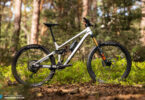ENDURO Long-term test 2015 | Review: RockShox Reverb Stealth
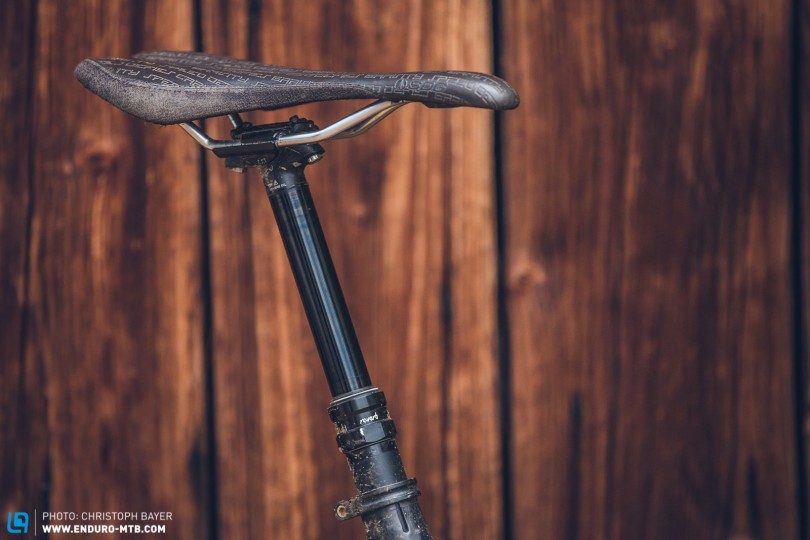
The undefeated leader on the market when it comes to dropper posts, there is barely a bike in our test fleet that isn’t kitted out with the RockShox Reverb Stealth. After several hundred hours of use, it’s time to take stock of its performance.
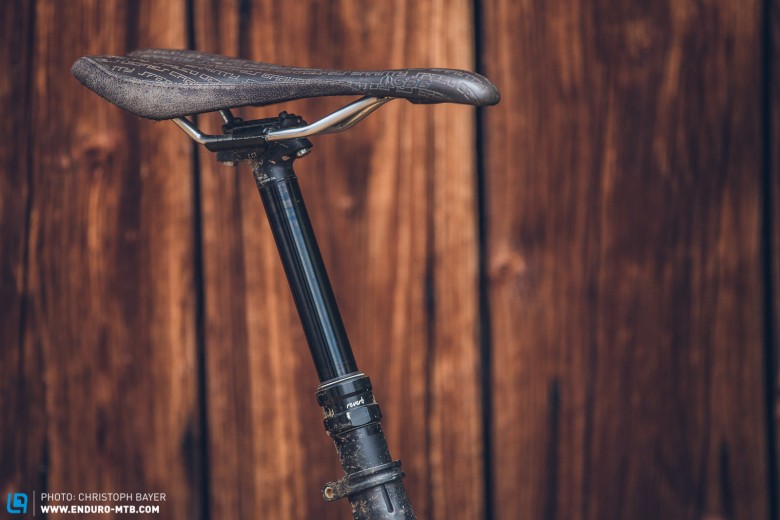
This 11-speed drivetrain has surpassed cassettes with 9 or 10 sprockets, nigh on obliterating 2-speed cranks in the process, and 26″ bikes have now been pretty much wiped out by rides with 27.5″ wheels. While the mountain bike market has been well and truly turned on its head multiple times over the past few years, the RockShox Reverb has managed to cement its presence, essentially becoming the one industry’s constant feature since its launch onto the market in 2012.
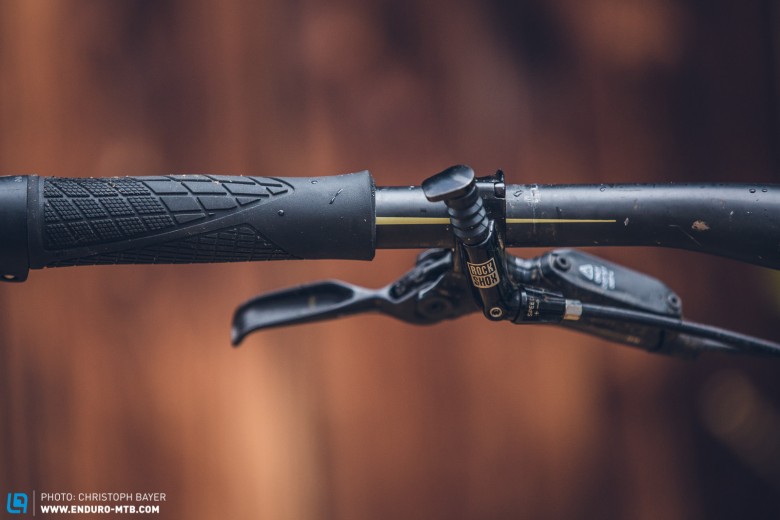
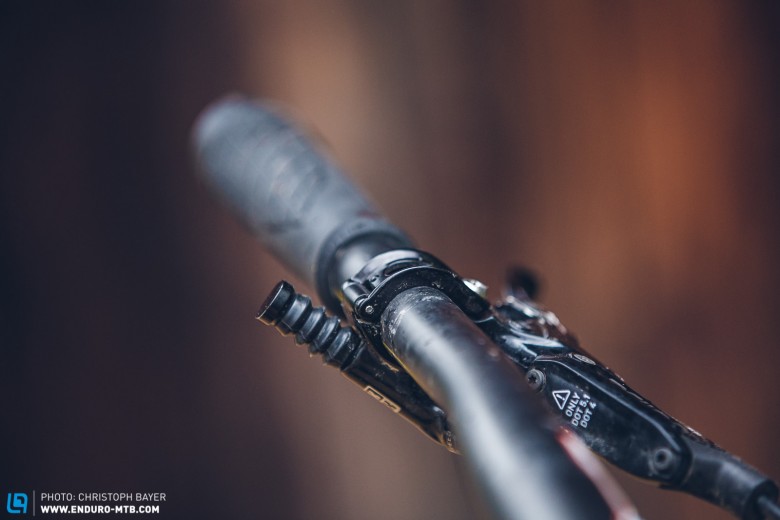
The dropper post in question has left riders fully convinced by its infinite hydraulic adjustment. Who wants a manufacturer to prescribe just which saddle height position is the right one for your trail? The Reverb’s hydraulic system is reputed to require less maintenance and ensure more sensitivity. Being able to set the speed of the height changes is a further useful setting.
The Stealth model is controlled by an internally routed cable, which not only gives the system a tidy look but also minimizes risk of damage in the event of a crash or when hauling it on and off cable cars. The seat height is easily adjusted via the bar-mounted lever, which – thanks to the Matchmaker clamp – is compatible with SRAM brakes and gear levers and can be positioned on either side of your bars, and either above or below.
With diametres of 30.9, 31.6 and 34.9 mm, the Reverb Stealth also comes in three different lengths: 380, 420 and 430 mm. Similarly, the adjustment range can be 100, 125 or 150 mm.

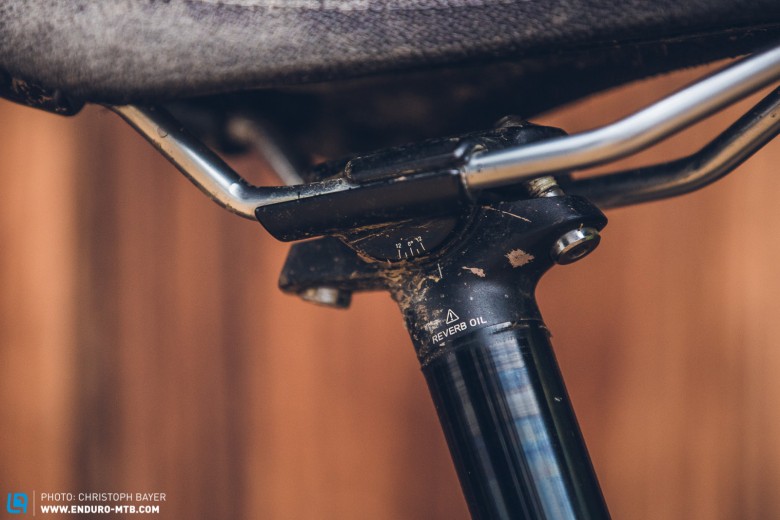
On our timeline dedicated to long-term tests, there are frequent entries relating to broken parts, parts needing services, and parts that just aren’t working as they should – however, checking out the Reverb, which happens to be fitted onto no fewer than 15 individual bikes, it’s a revelation to see that there are no such reports to be seen. In our eyes, this can only mean one thing: RockShox have succeeded in creating a solid product that wholly deserves its place on the market thanks to its reliability and faultless performance. In fact, our sole criticism of the Stealth is related to its slightly slower hydraulic dropping time and reduced viscosity of the fluid in cold conditions.
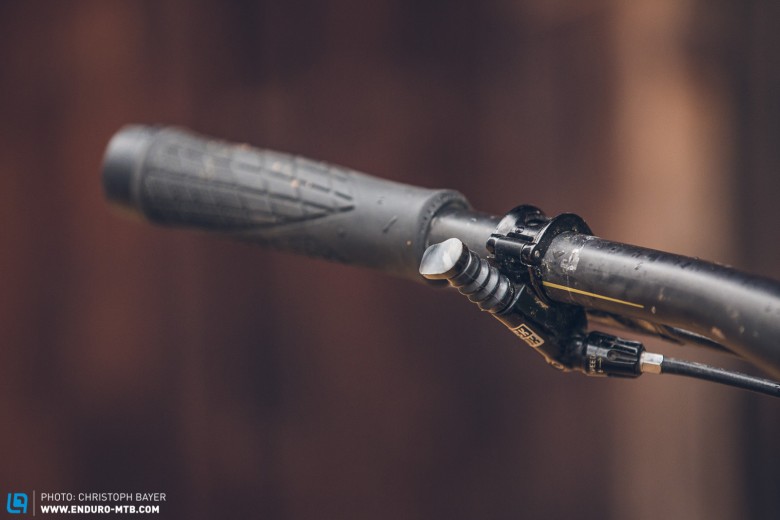
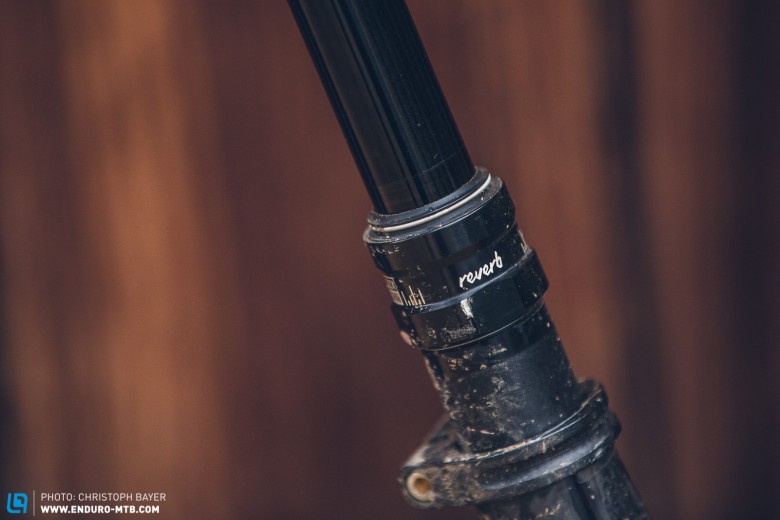
For those times when a little servicing is called for, the Reverb – just like SRAM brakes – is satisfyingly easy to bleed and the necessary kit handily comes delivered with the post. Compared to its competitors, a full service does veer on the more complicated side of things – and it’s recommended that you ship the post off to a service centre, although in all our years of testing we are yet to reach that critical need for a service.
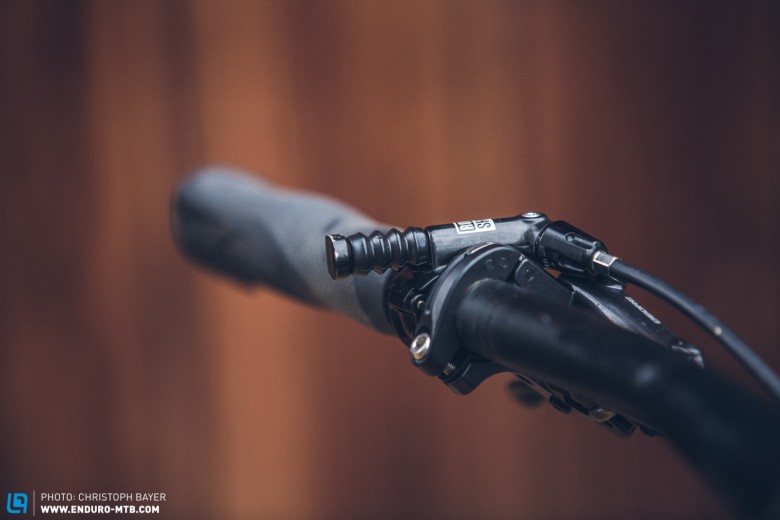
If you prefer to attach the remote lever upwards on your bars, pay attention when tipping the bike upside down, as the lever could break due to the weight of the whole bike. Opting for an 11-speed drivetrain, we’d recommend fixing the lever onto the underside of the bars, where there’s increased protection from damage and the ergonomics are at their best. Take care not to overly shorten the cable either – if your bars get swung around in a crash, the cable could get viciously yanked out of the lever.
Conclusion
While at 618 g it’s not the lightest dropper post on the market, RockShox have succeeded in designing not only the most versatile post we’ve ever encountered but also the most reliable and efficient – if you don’t believe us, the absence of any complaints or mechanicals on our long-term test timeline is testament to this. In our eyes, the RockShox Reverb Stealth is a serious must-buy!
More information: sram.com/rockshox/reverb
Words: Daniel Schlicke Photos: Christoph Bayer
Did you enjoy this article? If so, we would be stoked if you decide to support us with a monthly contribution. By becoming a supporter of ENDURO, you will help secure a sustainable future for high-quality mountain bike journalism. Click here to learn more.



